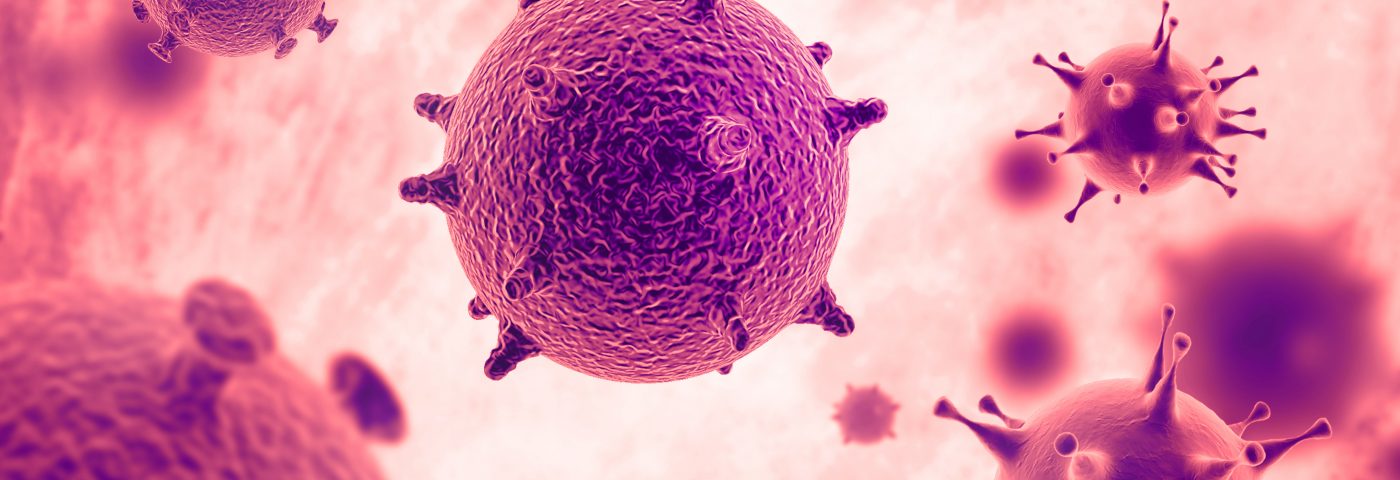Preventing virus-triggered changes in human metabolic processes might become a future way to stymie viral infections, according to a recent study by an international group of scientists at the Hebrew University of Jerusalem.
The team found that blocking selective metabolic steps prevented virus growth.
The study, “Nuclear receptors control pro-viral and antiviral metabolic responses to hepatitis C virus infection,” published in the journal Nature Chemical Biology, laid down an extensive map of interactions between the hepatitis C virus (HCV) and genes controlling metabolism.
“This is the first indication that our cells can block replication of Flaviviridae viruses like HCV and Zika by denying them from critical building blocks (that) the viruses need to survive,” Yaakov Nahmias, professor and director of the Alexander Grass Center for Bioengineering at the university and senior author the study, said in a news release. “Our results present a new approach to treat virus infection by targeting the genetic regulation of metabolic processes on which the virus rely.”
Viruses are parasites that lack a metabolic apparatus of their own. They depend entirely on the human or animal they enter for the energy and building blocks they need to survive and spread. When a virus infects a cell, it begins to control the cell’s genes to make the cell work for it instead of the host.
Metabolism is normally controlled by receptors in the cell nucleus. The receptors turn on, or turn off, hundreds of genes in response to changes in levels of nutrients, such as glucose. Although scientists know that hepatitis C virus infection changes the process, leading to fatty liver in patients, the exact molecular and genetic changes responsible for such changes had not been investigated.
The research team compared the metabolic processes of infected and uninfected models of lab-grown human liver cells. In doing so, they identified the processes that were altered and the genes that controlled them.
“This is a fascinating approach, as the same methodology can be applied to study the metabolic regulation of liver cancer and other infections to possibly identify new therapeutic targets,” said study co-author Oren Shibolet, head of the department of Gastroenterology at Tel Aviv Sourasky Medical Center and a professor at Tel-Aviv University.
When the team found the nuclear receptors mediating the virus-triggered changes, they used drugs to block the receptors one by one, then studied how it affected the virus. They found that if glucose processing was switched off, the virus could no longer survive. In contrast, blocking the metabolism of fat boosted the growth of the virus.
The same approach was used in a small group of patients with hepatitis C infections — the results from the lab model test held true in the human body.
“It was quite surprising to see that human liver cells could use metabolic processes to resist viral infection,” said Jörg Timm, a co-author of the study and a professor at the Institute of Virology at the University of Düsseldorf, Germany. “It went against our common understanding of viruses as expert metabolic engineers, suggesting new avenues to target virus infection.”

